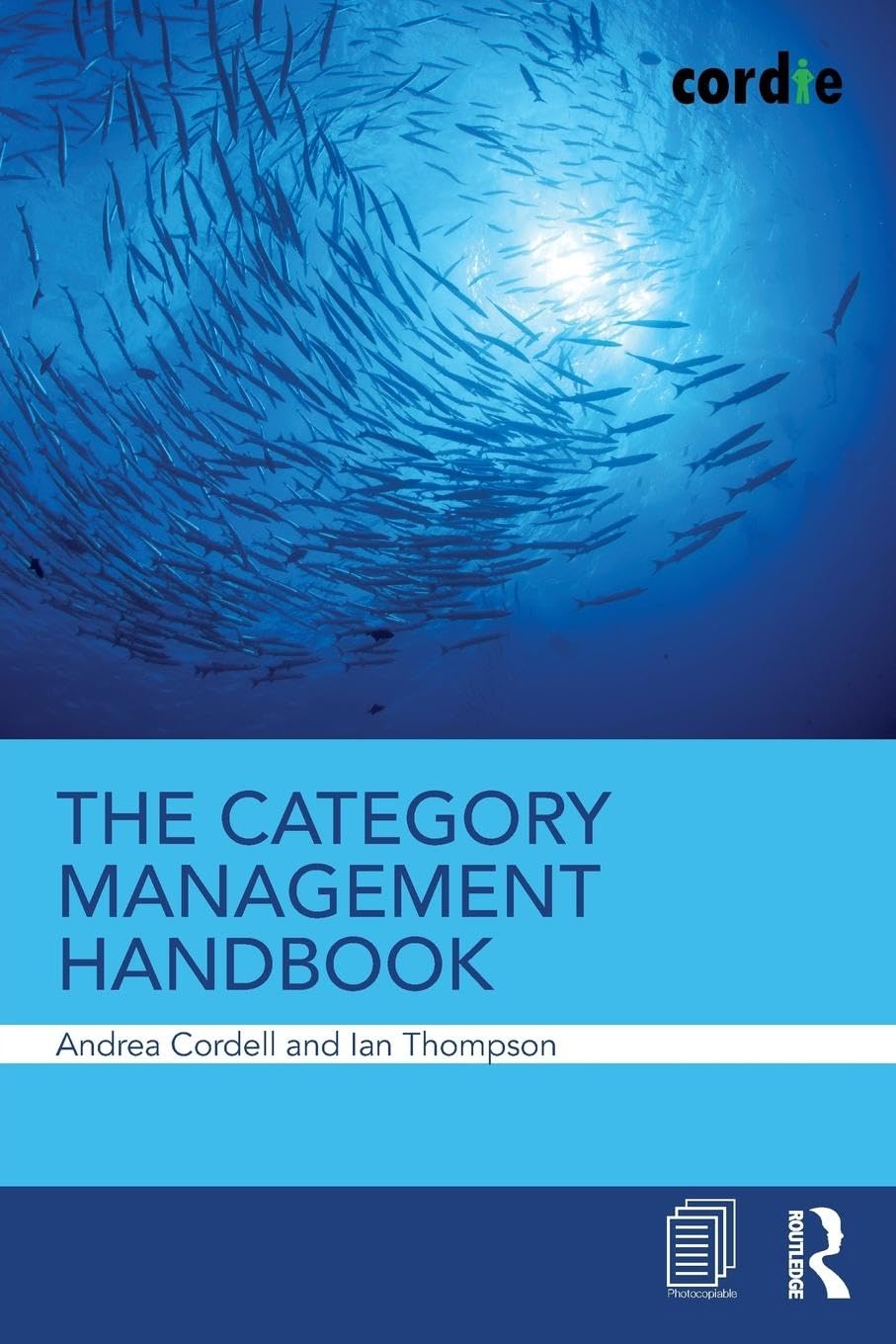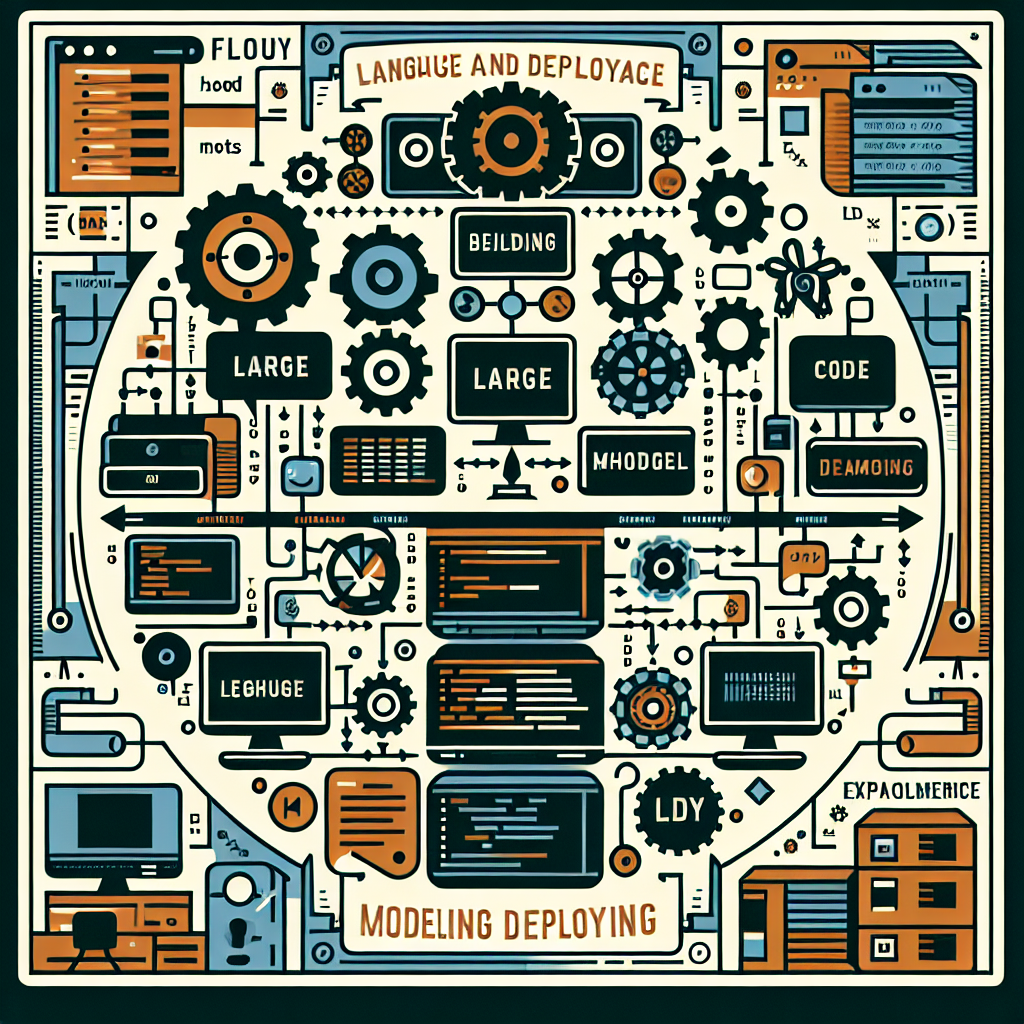Large language models, such as OpenAI’s GPT-3, have revolutionized the field of natural language processing and are being used in a wide range of applications, from chatbots to content generation. However, mastering these models can be a daunting task for engineers who are new to the field. In this article, we will provide a comprehensive guide to mastering large language models, specifically tailored for engineers.
1. Understanding the basics
Before diving into the intricacies of large language models, it is important to have a solid understanding of the basics of natural language processing (NLP). This includes concepts such as tokenization, word embeddings, and language modeling. Familiarize yourself with these concepts through online courses, tutorials, and textbooks.
2. Choosing the right model
There are several large language models available, each with its own strengths and weaknesses. GPT-3 is one of the most popular models, but there are others such as BERT and XLNet that may be better suited for certain tasks. Evaluate the requirements of your project and choose the model that best fits your needs.
3. Data preprocessing
Before training a large language model, it is essential to preprocess the data to make it suitable for the model. This includes tasks such as cleaning the text, tokenizing it, and converting it into a format that the model can understand. There are several libraries available, such as Hugging Face’s Transformers, that can help with this process.
4. Fine-tuning the model
Once the data is preprocessed, it is time to fine-tune the model on your specific task. This involves training the model on a smaller dataset related to your task, so that it can learn the nuances of the domain. Fine-tuning is crucial for achieving good performance on your task.
5. Evaluating the model
After fine-tuning the model, it is important to evaluate its performance on a test dataset. This will help you understand how well the model is performing and identify any areas that need improvement. Use metrics such as accuracy, precision, and recall to evaluate the model’s performance.
6. Iterating and improving
Building a large language model is an iterative process, and it is important to continually iterate and improve the model. This may involve fine-tuning the model on additional data, tweaking hyperparameters, or experimenting with different architectures. Keep track of the model’s performance and make adjustments as needed.
In conclusion, mastering large language models requires a solid understanding of NLP concepts, choosing the right model, preprocessing the data, fine-tuning the model, evaluating its performance, and iterating to improve. By following this guide, engineers can effectively harness the power of large language models for a wide range of applications.
#Ultimate #Guide #Mastering #Large #Language #Models #Engineers #Handbook,llm engineerʼs handbook: master the art of engineering large language
models from concept to production














You must be logged in to post a comment.